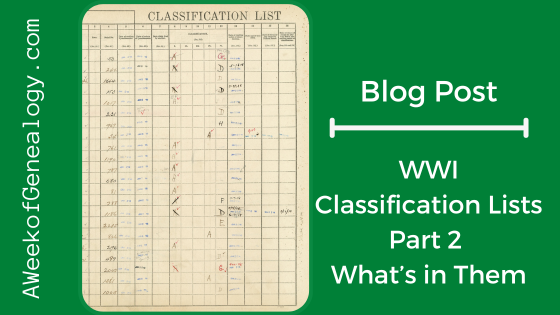Greenland in WWII (Background)

As part of researching my father’s WWII military service, I have been doing a lot of reading about Greenland, especially its WWII history. Greenland was the site of amazing stories of the US Coast Guard, the Sledge Patrol and weather observers who were isolated for months on end. There are stories of heroism, survival and loss.
Greenland has a strategic location in the North Atlantic. It was a advantageous stopping point for aircraft traveling between North America and Europe, and could provide a prime location for a sub refueling base. It is also where the weather for Europe originates, making weather observations there critical for operations in the North Atlantic and Europe. Ivigtut (now Ivittuut) also had the largest commercial cryolite mine in the world. Cryolite was used in making aluminum for building aircraft.
Greenland has had an interesting history of settlement and colonization. Greenland was under Norway’s control until the Kingdoms of Denmark and Norway joined together in 1380. In 1821, the Kingdoms separated and Greenland remained as a Danish colony under the Treaty of Kiel. In 1931, Norway made a claim to Eastern Greenland, which the Permanent Court of International Justice decided against in 1933.
The Nazis occupied Denmark on 9 April 1940 and exactly a year later, the US-Greenland Defense Agreement was signed with the Danish Minister in Washington DC. Even though the US had not yet entered WWII, the protection of Greenland was necessary under the Monroe Doctrine. That same day the agreement was signed, the US Marines and a surveyor party landed ashore. In July and August of 1941, US ships arrived in the fjords.
Prior to the Nazi invasion, Denmark had sent two years of supplies to Greenland. After the occupation of Denmark, 200,000 Greenlanders had to rely upon America for food and supplies. The US and Canada both provided supplies to Greenland, and both established Consulates there. During WWII, Greenland became self-governing, fueling a greater democracy for itself.
As strategically important as Greenland was to the Allies, it was just as important to deny it to the Nazis. That’s where my father and the 500th Antiaircraft Artillery Gun Battalion entered the story. They traveled in secrecy mere months after the disastrous sinking of the troopship USS Dorchester by a U-boat, notable for the heroic actions of the “Four Chaplains.” The AAA Battery to which he was assigned was stationed at the main US base at Narsarssuak (now Narsarsuak), which was the home of the Air Forces base codenamed BW-1 (Bluie-West 1).
























